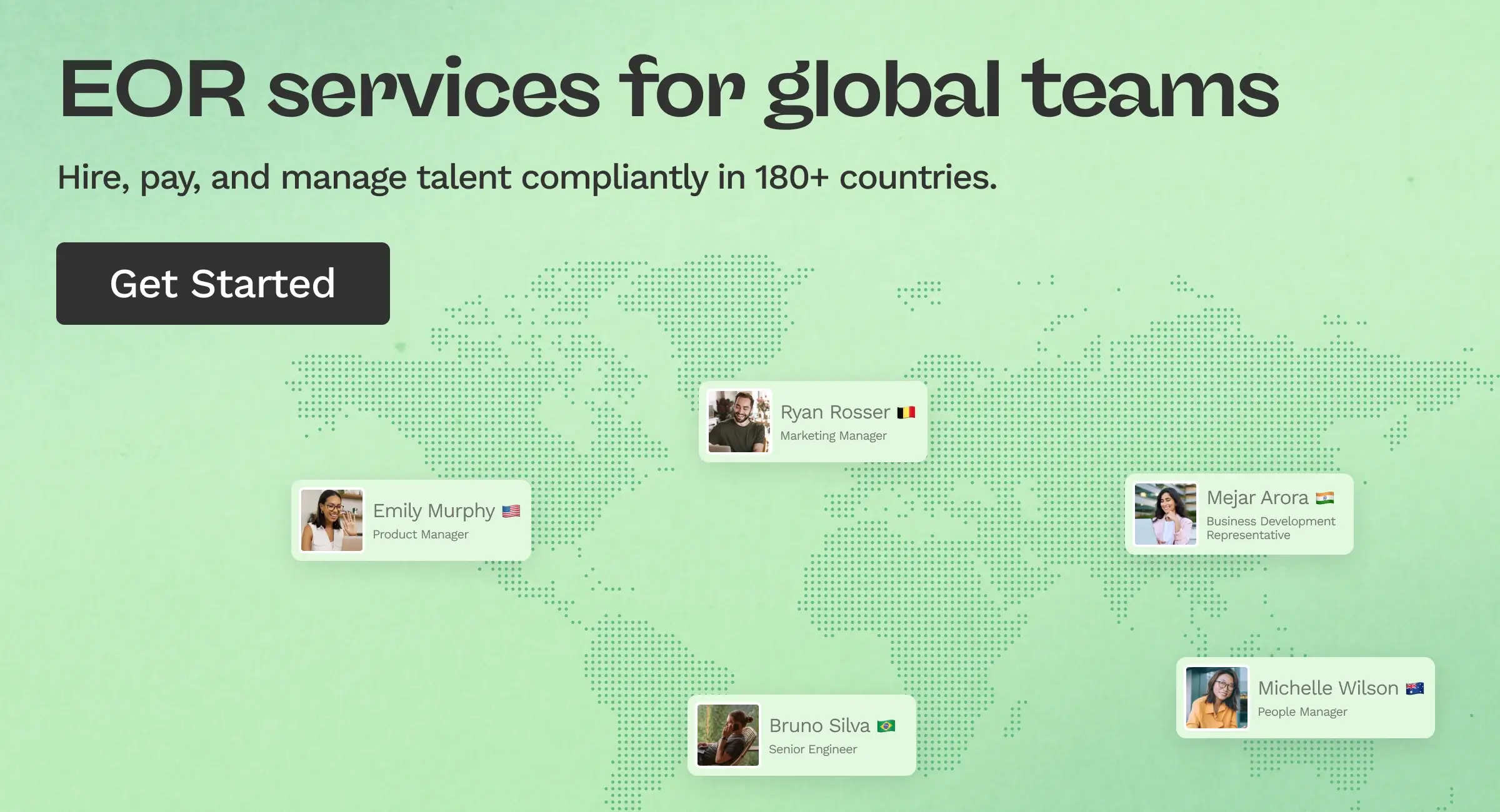What is employee lifetime value (ELTV)?

Employee lifetime value (ELTV)
Employee lifetime value is a metric that measures the total expected value of the contributions an employee will make to an organization over their employment, a crucial calculation given the disparity between top and bottom performers can be as much as sixfold. ELTV relates to the marketing concept of customer lifetime value, which measures the total value a customer will bring to a business over the lifetime of that relationship.
Likewise, rather than focusing only on the value an employee can provide today or over the next year, ELTV takes a more long-term approach to provide additional insight. Employee lifetime value begins on an employee's first day at a company and ends on their last day working for that company.
Employee lifetime value formula
Employee lifetime value is calculated by multiplying your average annual revenue per employee by the average length of employment. Here's the formula:
Average ELTV = (average yearly revenue / total number of employees) * average length of an employee's tenure in years.
Using this formula, employers can see, on average, how much value each employee contributes while working for their companies. However, this employee lifetime value calculation only produces an average value and isn't helpful in hiring or other specific HR decisions.
For an individual employee's ELTV, employers must either calculate the metric after the employee has left the organization or make estimates. Estimating an employee's ELTV early on in the employer-employee relationship can be helpful. Even though the figure is not a guarantee, it can provide some guidance and offer a deeper understanding of how valuable an employee or potential employee is.
Why does employee lifetime value matter?
Human resource departments need to optimize their resources, particularly in competitive hiring markets. Calculating employee lifetime value is a way to help ensure the best possible return on investment for hiring decisions.
Each time companies hire new employees, those decisions represent significant investments in the business, with the costs of finding and onboarding a new hire typically ranging from 20 to 50 percent of annual salary. Employee lifetime value analysis is a mechanism for gauging the potential returns from those investments. If one potential hire's employee lifetime value is much higher than another's, that's a strong signal that the company should hire the first employee.
ELTV helps leadership justify workforce investments. The goal? Increase ELTV beyond the cost of your initiatives.
Simple investments like year-end bonuses, company retreats, or team happy hours boost morale and drive up ELTV.
Companies that ignore ELTV risk costly workforce mistakes—like hiring the wrong people or letting valuable employees go too early, which according to SHRM estimates can cost six to nine months of an employee's salary to identify and onboard a replacement.
Since recruiting and training new employees is expensive, making data-driven HR decisions helps avoid these costly errors.
Key factors that impact ELTV
What actually drives employee lifetime value? Several key factors influence how much value an employee contributes over time:
Onboarding effectiveness: How quickly new hires get up to speed and start contributing meaningfully
Performance and output: Direct contributions like sales quotas met, projects completed, and innovations developed
Management and development: Quality leadership and clear career paths that boost engagement and retention, especially since managers account for 70% of the variance in employee engagement
Company culture and engagement: An employee's sense of belonging that encourages discretionary effort
How to improve employee lifetime value
Employee lifetime value isn't necessarily a stagnant value. There are steps companies can take to increase the ELTV of their workforce.
Offering more training and development opportunities
Companies that invest more in employee training and development have better retention rates, and research shows that organizations with a strong learning culture are also more innovative, productive, and profitable. For example, opening a manager role or providing goals for leadership opportunities within different departments can help retain employees who may want to reach higher titles but not leave the company. With better retention rates, employee lifetime value increases as well.
Improving company culture
Engaging employees and ensuring they feel respected and appreciated will also improve ELTV; for instance, high-recognition companies have been found to have 31 percent lower voluntary turnover than companies with poor recognition cultures. Activities that can help boost company culture include scheduling monthly happy hours, celebrating holidays in-office, scheduling company retreats, or providing incentives for time off around the holidays or year-round.
Creating a better onboarding program
Poor onboarding hurts ELTV by delaying when new hires start adding value, and this is a widespread issue, as Gallup finds that only 12% of employees strongly agree their organization does a great job with the process. Common onboarding inefficiencies include:
Not providing easy access to HR
Not providing resources that streamline the workday
Not providing clear goals for the new employee
Employee lifetime value is a valuable tool for HR departments at both the individual and company-wide levels. Tracking this metric over time can provide insights into the value a company receives from its workforce—and whether it's improving.
Making the business case for ELTV investments
Here's the thing—ELTV isn't just another HR metric. It's your secret weapon for getting leadership buy-in on people investments by turning abstract concepts into hard numbers that finance teams understand.
Instead of just asking for training budget, show the math. Say management training could improve retention by six months—that's a measurable boost to your organization's average ELTV.
Using ELTV helps you demonstrate a clear return on investment (ROI) for people-centric initiatives, shifting the conversation from HR as a cost center to a strategic driver of business value.
Optimize your global workforce with Oyster
Ultimately, tracking employee lifetime value provides a strategic lens to make smarter decisions about your workforce. It helps you see where to invest in your people to create an environment where they can do their best work and choose to stay for the long term.
Whether you're improving your onboarding process or offering competitive local benefits to a distributed team, the goal is the same: build a team that delivers lasting value. Oyster's global employment platform makes it easy to care for your team members, no matter where they are. Start hiring globally and build a more engaged and valuable workforce.
Book a demo to learn more.
FAQs about employee lifetime value
What does ELTV stand for?
ELTV stands for Employee Lifetime Value—the total net value an employee brings to an organization throughout their employment.
How is ELTV different from customer lifetime value?
While Customer Lifetime Value (CLV) measures revenue from customers, ELTV measures the total value employees provide, including productivity and innovation contributions.
What's the difference between ELTV and employee retention rate?
Retention rate measures how long employees stay, while ELTV is more comprehensive—it considers both tenure length and the actual value generated during that time.
About Oyster
Oyster enables hiring anywhere in the world—with reliable, compliant payroll, and great local benefits and perks.

Related Resources





.avif)






